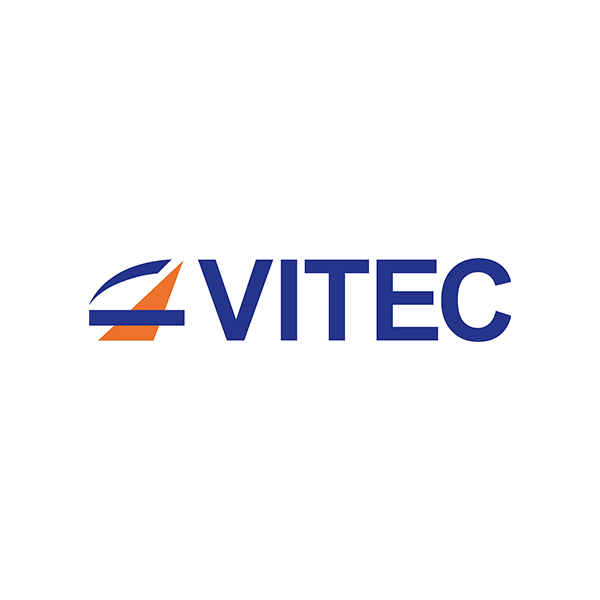End-to-End IPTV Streaming on ISR Platforms Plays Growing Role in Supporting Emergency Management Missions
Intelligence Surveillance and Reconnaissance (ISR) technologies forged and refined to meet the battlefield requirements of overseas military activities are finding new applications domestically to support emergency management missions at the state and local level.
The entire community of interest, including technology developers and field operators, has adapted and refined ISR platforms over the past couple of decades and is more capable and versatile than ever.
ISR technologies can act as the eyes and ears of responding agencies when structures and landscapes are unstable in the wake of these events to avoid the significant risk first responders involved in search and rescue face.
Intelligence Surveillance and Reconnaissance (ISR) technologies forged and refined to meet the battlefield requirements of overseas military activities are finding new applications domestically to support emergency management missions at the state and local level. The rising frequency and volatility of natural hazards—including wildfires, hurricanes and tornadoes—has elevated the importance of improving situational awareness for first responders deployed in response to these events.
We sat down with Andy Vaughan, vice president of business development of ISR and mission systems at VITEC, to discuss the emerging end-to-end streaming solutions for emergency management missions and the role IPTV can play.
Here is what he had to say:
Q: How have ISR technologies evolved, and how are you seeing them emerge as a resource for emergency management?
Andy Vaughan, Vitec
Andy Vaughan: We’ve seen the application of intelligence surveillance and reconnaissance (ISR) technologies evolve significantly in recent years. The entire community of interest, including technology developers and field operators, has adapted and refined ISR platforms over the past couple of decades. They are more capable and versatile than ever. As the technology has matured, we have also seen a community of users intimately familiar with ISR grow.
Many veterans who have returned to civilian life have gravitated to first-responder careers. These are people working in our communities as police officers, firefighters, paramedics and other emergency professionals. A significant proportion of these men and women have experience with ISR toolsets and are familiar with their applications. As a result, we have a set of converging forces that make ISR an attractive solution in emergency management.
Interest in these technologies is increasing as major catastrophic incidents rise.
According to the National Oceanic and Atmospheric Administration (NOAA), 2021 witnessed 18 weather/climate disaster events that resulted in losses exceeding $1 billion each in the United States. Emergencies like wildfires, floods, hurricanes and tornadoes are not only devastating when they occur but create hazards that carry over for days, weeks and sometimes months as communities struggle to recover.
Unstable structures and landscapes in the wake of these events put first responders involved in search and rescue—among other missions—at significant risk. ISR technologies can act as the eyes and ears of responding agencies. These systems can not only be deployed to ensure the safety and security of personnel, but also improve the utilization of thinly stretched resources that are tapped with increasing frequency. ISR systems can go places that are dangerous for people to go. They can see and sense things that humans cannot. They can also enable communication networks when local infrastructures have been compromised.
This leads to better-informed decision-makers and drastically reduced response times.
Q: What impact can ISR technologies have on emergency response?
Vaughan: First responders are generally less concerned about themselves than they are about the citizens they are helping protect. They are trained to run toward areas that civilians run away from.
The primary concern of first responders is to determine how quickly they can get to people endangered by a catastrophic event and how rapidly they can remove people from a danger zone. It is inherently dangerous work.
ISR technologies can help mitigate the many risks that first responders must deal with over the course of their day. Emerging technologies—such as the latest innovations in IPTV, radio communication, and sensors—provide eyes and ears on the situation. They can deliver critical awareness on the ground with unmanned ground vehicles and from above via helicopters, airplanes, and even drones.
This dramatically increases the amount of data gathered to alert teams about imminent dangers and provides leaders in the field with essential context to protect their teams. ISR technologies significantly elevate the ability of decision-makers to act quickly and accurately. Access to high-quality data that captures insights at an extremely granular level has a proven track record of protecting the health and safety of the first responders to rescue citizens and the teams that follow to recover and rebuild after significant damage has been done.
Q: How prepared is the emergency management community to integrate these new ISR technologies into their day-to-day operations?
Vaughan: The emergency management community is eager to embrace the latest technologies to support its mission. Unfortunately, a community's ability to utilize these technologies depends on the budgets and maturity of individual state and local government agencies. When it comes to ISR in particular, successful adoption is often closely linked to the degree to which civilian emergency management communities are tied to their national guard units.
The national guard frequently plays a key role in introducing ISR technology to state and local first responder agencies, and they also bring critical operational experience in the process. Developing an ongoing relationship with national guard units with ISR capabilities makes a big difference in how well disparate members of local emergency response work together.
Practice makes perfect. The more often multiple agencies serving multiple jurisdictions get to interact with national guard units that can leverage ISR technologies—through joint exercises and in coordinated responses to relatively minor events—the more effective their joint response to major catastrophic events will be.
Simply providing state and local emergency management access to advanced ISR technologies is not the best answer. Benefiting from the knowledge, experience and expertise offered by units that regularly train and work with these tools is a crucial success factor.
Q: VITEC is working with the emergency management community to integrate IPTV in ways that enhance ISR ability to support first responders?
Vaughan: VITEC has a long history of very close relationships with the US Department of Defense and NATO partners around the world. We are very familiar with providing video solutions and advanced technologies for military missions. Our technologies are designed with military-grade security and can be deployed anywhere, including challenging environments with minimal and even zero infrastructure.
We have done groundbreaking work with our military clients and technology partners to integrate the highest-fidelity IPTV technology into the ISR mission. The objective is not just to offer video coverage across an area of interest; it is also to incorporate these video feeds into geographic information systems (GIS) and other command, control, communications and intelligence resources.
We have designed our technologies to work in a very modular fashion so that they can be integrated onto a variety of platforms, including tanks, helicopters, or drones. They can also work across complex communication networks and satellite systems.
These technologies are tried and true solutions available to support the emergency management mission. We have already deployed IPTV-supported ISR solutions to EMA centers in the Southeast, and we are actively expanding our reach across the country.
VITEC has the technology, know-how and relationships that enable emergency management leaders to leverage ISR platforms to consolidate multiple data sources—from weather, police cars, satellite, and even utility providers. We are working with federal, state and local authorities to make these data streams available to fusion centers that integrate intelligence and decision-making from federal, state and local authorities. This ensures that all key stakeholders are fully informed. It is a pretty powerful capability.
For more information or to schedule an interview, please contact Melissa at MFisher@BizTechReports.com


